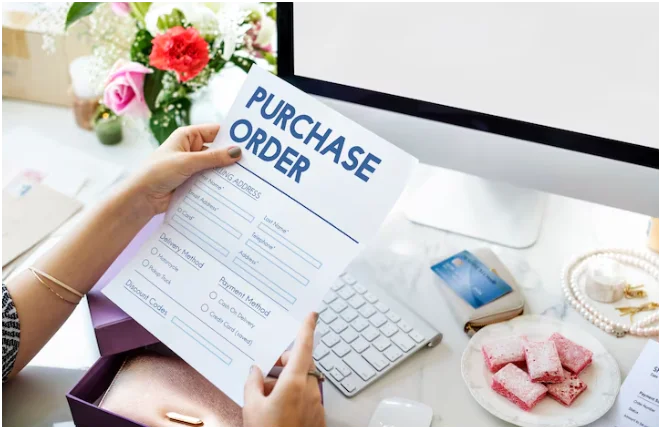Why this matters. Pricing isn’t just a number; it’s a system. For wholesalers, retailers, and distributors, understanding how markup moves from wholesale to retail protects margin, keeps assortments competitive, and supports long-term customer trust. The original guide (published September 30, 2025) covers an overview with clear examples and operational context.
What “markup” really means (in plain English)
Markup is the difference between what you pay your supplier and what your customer pays at checkout. That gap must cover operating costs, marketing, and profit, without pricing you out of your market. The source guide illustrates this with simple math (e.g., wholesale cost, applied markup %, resulting shelf price).
Where costs creep in (and how to plan for them)
Beyond unit cost, real-world pricing must consider overheads, marketing, and profit targets, and, for importers, duties tied to HS codes (e.g., 7113.11 for silver). Treat these as “invisible inputs” in your landed cost before you set retail.
Bulk buying & economies of scale
Buying higher quantities typically reduces per-unit cost, improving your room for markup. But it also raises cash-flow and storage demands, so pair volume buys with realistic sell-through plans and replenishment cadence.
The workable playbook: three markup strategies
- Flat markup: One rate across categories, simple and consistent.
- Tiered markup: Different rates by material/complexity (e.g., fine vs. fashion).
- Dynamic markup: Adjust seasonally or by demand.
Use competitive checks and perceived value (service, packaging, speed) to justify where you land.
Compliance builds trust (and margin resilience)
Wholesale partners increasingly ask about REACH/ASTM materials compliance and RJC/SEDEX/amfori credentials—signals that reduce risk and support premium positioning. If you can prove standards and traceability, you can defend your price.
Read the full guide & keep exploring
For a deeper breakdown, head over to 925silverjewelry.com’s article on “Jewelry Markup from Wholesale to Retail.” If you’re evaluating suppliers, we’re a Supplier & mass manufacturer specializing in sterling silver jewelry, with B2B programs built for reliable margin.
FAQ (quick answers for B2B teams)
1) What’s the difference between markup and margin?
Markup is how much you add on top of cost (e.g., 150%). Margin is profit as a percentage of the selling price. A 150% markup on $25 results in a $62.50 retail; the profit portion of that retail is the margin. (See the source’s markup formula and example for context.)
2) How should I pick a markup strategy?
Start with tiered: keep evergreen SKUs at a stable rate, then use dynamic adjustments for seasonal or trend-led items. Validate with competitor scans and your sell-through data.
3) Do bulk orders really change retail pricing?
Yes, lower per-unit wholesale costs from larger orders can either expand your margin or enable sharper retail pricing to win share. Balance with cash-flow and inventory risk.
4) How do duties and HS codes affect my final price?
Duties tied to HS codes (e.g., silver 7113.11 variants) impact landed cost, so include them before applying markup. This avoids underpricing and margin erosion.
5) Do certifications really matter for B2B buyers?
Increasingly, yes. Documented compliance (REACH/ASTM) and supply-chain standards (RJC/SEDEX/amfori) reduce buyer risk and support premium positioning that customers will accept.


